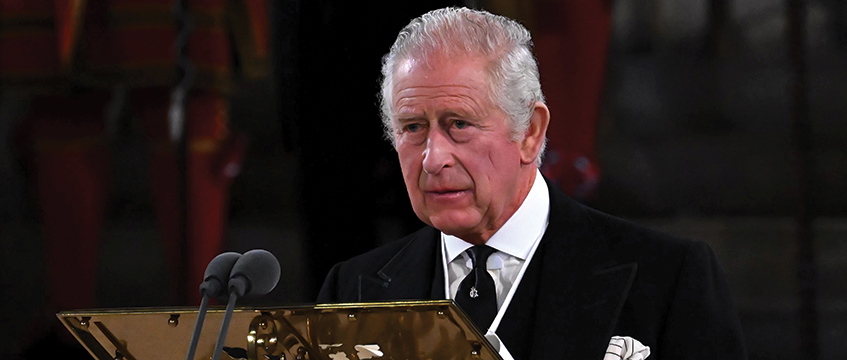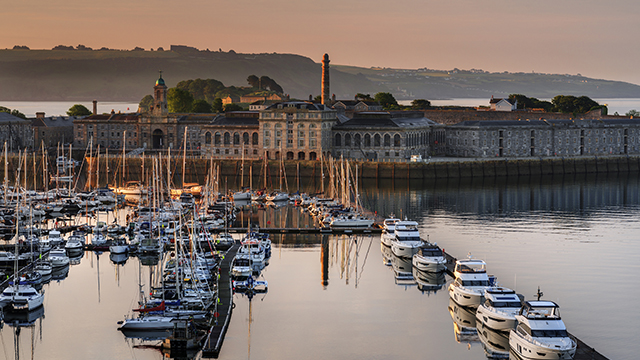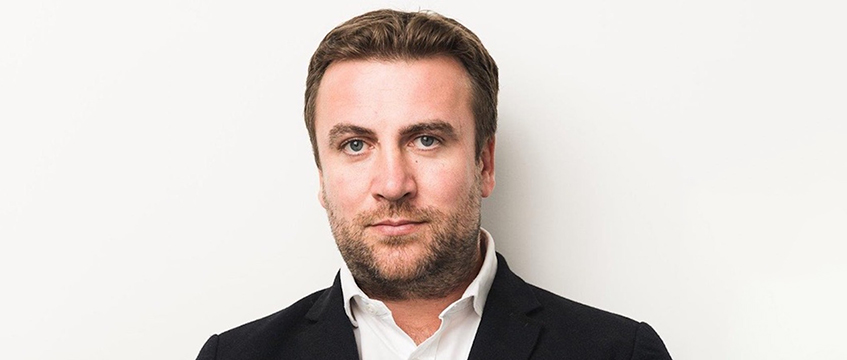Will King Charles be real estate’s friend or foe?
With the passing of Queen Elizabeth II, the nation has lost a leader who rose above the fray of politics. She took pains to be seen as neutral and universal, which has translated into the near-universal feeling of loss experienced at her death. But with the accession of King Charles III the nation has gained a monarch who has never been afraid to speak his mind, especially when it comes to the built environment.
So, will King Charles III be as forthright as Charles, Prince of Wales has been? Or will the convention of “the neutral monarch” silence his passions?
One real estate professional who has worked with the new King says: “With King Charles we are certainly going to get the same energy and drive. But he has acknowledged that his new role is far broader.”
With the passing of Queen Elizabeth II, the nation has lost a leader who rose above the fray of politics. She took pains to be seen as neutral and universal, which has translated into the near-universal feeling of loss experienced at her death. But with the accession of King Charles III the nation has gained a monarch who has never been afraid to speak his mind, especially when it comes to the built environment.
So, will King Charles III be as forthright as Charles, Prince of Wales has been? Or will the convention of “the neutral monarch” silence his passions?
One real estate professional who has worked with the new King says: “With King Charles we are certainly going to get the same energy and drive. But he has acknowledged that his new role is far broader.”
Charles’ interests in the built environment stem from the fact that he is, and has been since the age of 25, a major property owner. The Duchy of Cornwall, which will now pass to Prince William, is valued at more than £1bn.
As well as owning swathes of land across the UK, it has been behind a number of high-profile and quietly pioneering developments.
Poundbury, his Dorchester urban extension and love-letter to New Urbanism, is almost complete. With its passion for classical columns and pattern-book architecture, it has as many detractors as supporters. But it has been successful. People want to live there, and now national planning policy is being reviewed to incorporate more of its credo.
That was followed by the 4,000-home Nansledan extension at Newquay in Cornwall.
The then prince was not afraid to protect the Duchy’s interests. According to official papers unearthed in the National Archives earlier this year, Charles used his influence to pressure John Major’s government to exempt his estate from elements of the 1993 Leasehold Reform, Housing and Urban Development Act.
Of “particular concern” was an aspect Charles feared would allow tenants to buy and redevelop historic properties without preserving their “special character”.
Sustainable development champion
He has never been shy of championing sustainable development, good design and the need for a decent housebuilding programme. In a 2004 EG article, Charles shared his thoughts on the built environment.
“The problem with standardised housing is that it lacks individual character,” he said. “Instead it relies on abstract shapes and colours to make it feel different… If we want a truly sustainable built environment, we must not let artistic abstractions override the subtle patterns of human life – fashionable obsessions will end up as expensive and wasteful mistakes some 30 years later. Hardly a recipe for sustainability.”
Without “the long-delayed restoration of the balance between efficiency and romance”, said the prince, a fast-building programme would achieve the same results as fast food, “whose global tentacles will, at the rate we are going, eventually strangle the health and welfare of both people and their communities”.
As prince, the new King has delivered broadsides against London’s skyline and attacks on postmodernism in speeches, while his “black spider” memos to government ministers, released in 2015, showed his willingness to enter the debate on a number of issues.
Howls of outrage
“My saying anything about the built environment seems guaranteed to elicit howls of outrage from various establishments,” the prince has said, before wryly adding that his every utterance was “met by an avalanche of ridicule, vilification and personal abuse” and then later agreed with.
In 1984, he famously referred to a proposed extension to the National Gallery as “a monstrous carbuncle on the face of a much-loved and elegant friend”.
Later, in 1987, he said: “You have to give this much to the Luftwaffe. When it knocked down our buildings, it didn’t replace them with anything more offensive than rubble. We did that.” He was referring to the proposed redevelopment of Paternoster Square, EC4, next to St Paul’s Cathedral.
He later added that the planners “did their best to lose the dome in a jostling scrum of office buildings so mediocre that the only way you ever remember them is by the frustration they induce, like a basketball team standing shoulder to shoulder between you and the Mona Lisa”.
He also lobbied Landsec to drop Jean Nouvel from the design of One New Change, EC4, again next to St Paul’s Cathedral – a request the developer rejected. The Royal Institute of British Architects called the interference “brazen” and “pernicious”.
Lord Rogers of Riverside, who claimed to have had at least three schemes torpedoed by the prince’s displeasure, said five developers had told him that they asked Clarence House “to check who would be acceptable” when choosing an architect. Consulting the prince over plans was “one way we can minimise risk”, they told him.
Rogers’ beef with the then Prince of Wales reached its peak in 2009, over plans to redevelop Chelsea Barracks, SW1.
The £3bn scheme, backed by the Qatari royal family, was to be developed by Christian and Nick Candy and designed by Rogers. However, the prince was not a fan and chose to intervene. “I can only urge you to reconsider the plans for the Chelsea site before it is too late,” he wrote to the emir’s cousin, Qatar’s prime minister, in 2009.
The details of what happened next were revealed by documents released during a subsequent court case. The emir discussed the plans with the prince at Clarence House in May 2009, where he said he would “have them changed”.
Less successful were Charles’ attempts to expand his own property interests. In 2008, the prince launched Tellesma. The £1bn sustainable property fund was to be chaired by former Landsec boss Ian Henderson and run by former Landsec chief operating officer Mark Collins. Charles’ charities would own a third of the business, with capital also raised from external investors, including the Qataris.
Yet within a year it had collapsed, after struggling to raise any equity in the teeth of the financial crisis.
Ahead of the curve
The collapse was a humiliation, but what it now shows is just how far ahead of the curve the new King was. Sustainable real estate funds were quaint outliers in 2008. Now they are fast becoming the norm.
Charles’ 1989 book, A Vision of Britain: A Personal View of Architecture, was at the time dismissed by many as overly traditionalist and perhaps a little trite. But the views it put forward on placemaking and sustainability have far more in common with today’s leading developments than almost anything being built at the time. The walkable neighbourhoods he talked of more than three decades ago clearly have much in common with the 15-minute city.
He set up the Prince’s Regeneration Trust, which later merged with the Prince’s Trust, to promote the values of humane urbanism and sustainability long before either were in vogue. He was a vocal advocate of cutting carbon emissions before Greta Thunberg was even born.
As one adviser noted: “His passions and positions have come to be right at the heart of the built environment.”
“He won’t want his passions to compromise his role as King, he takes that very seriously,” added another insider. “But I don’t think he will neglect them, either.”
So far, the built environment has not been high on the agenda for new prime minister Liz Truss – and her interest in sustainability has been token at best – but with Truss due to have weekly meetings with the new King, perhaps a little wise counsel from His Majesty might help nudge it a little higher.
Read more from Charles’ 2004 speech >>
To send feedback, e-mail piers.wehner@eg.co.uk or tweet @PiersWehner or @EGPropertyNews
Photo by Ben Stansall/WPA Pool/Shutterstock (13384846r)











